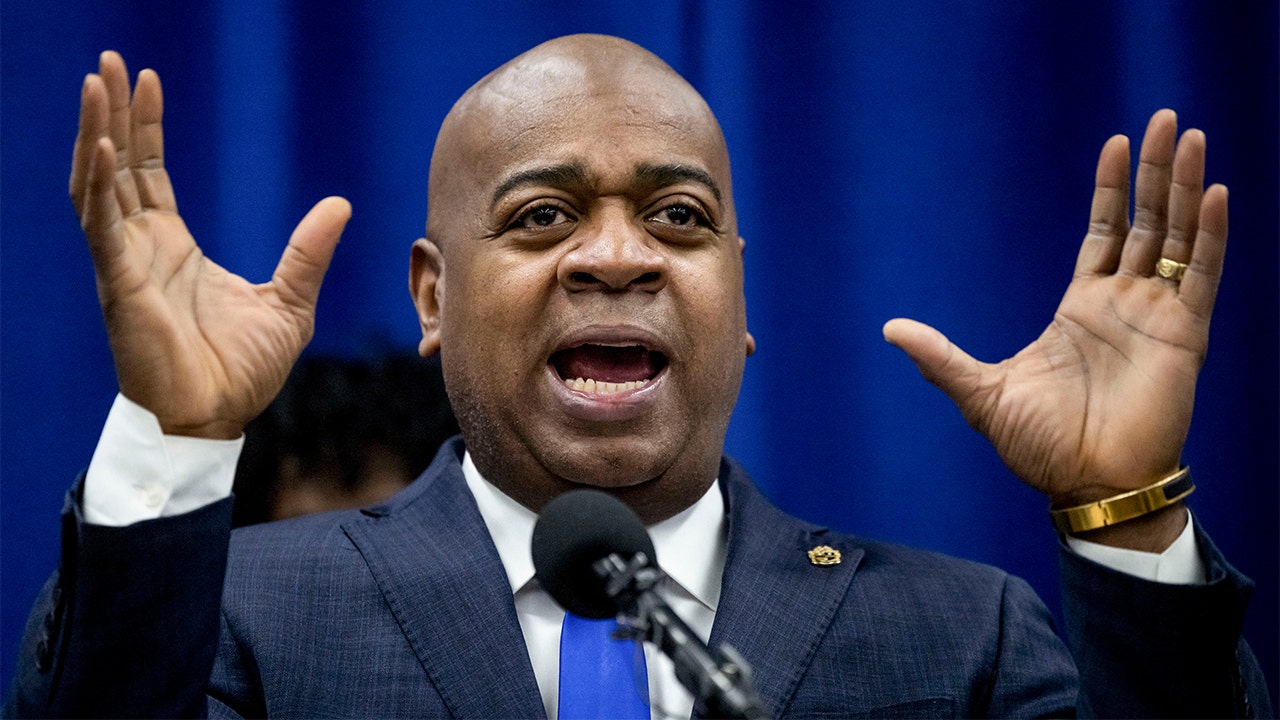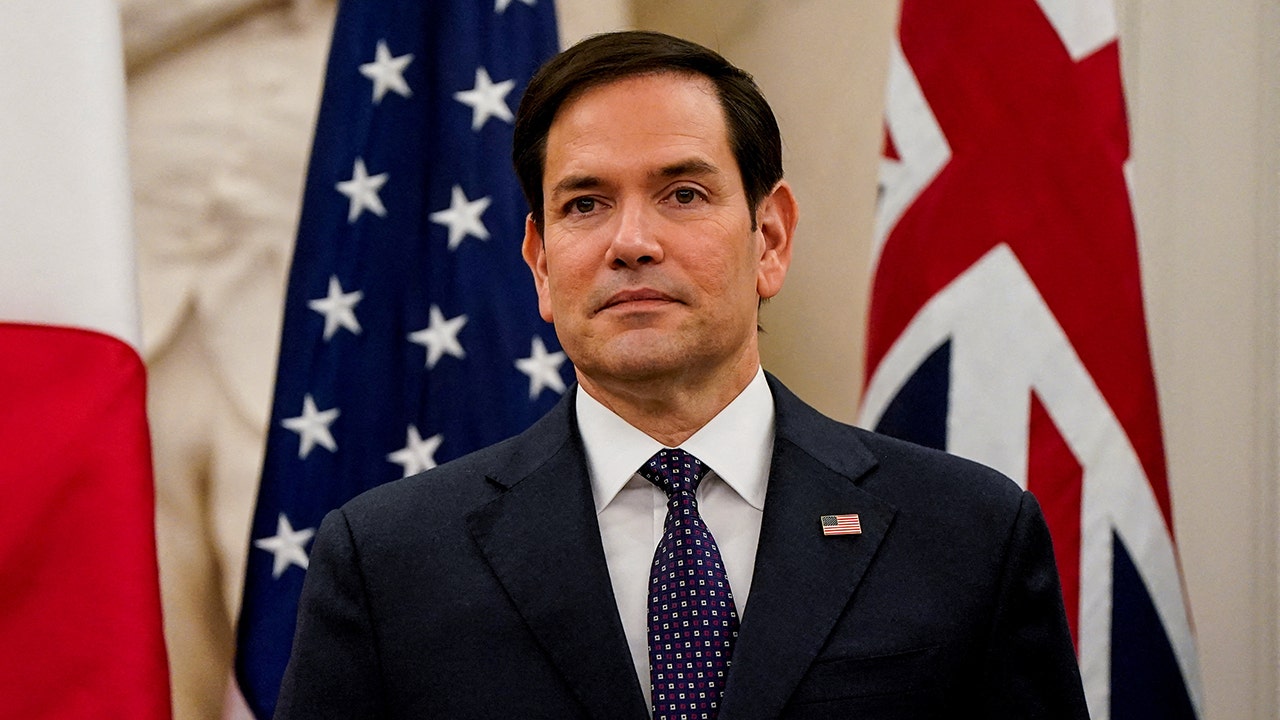New York
President Donald Trump, with the stroke of a pen, could plunge America’s closest neighbors into recession.
Trump, on his first day in office, suggested he may do just that. Trump has threatened to impose 25% tariffs on all goods from Canada and Mexico on February 1 in response to what he views as inadequate border security failing to stop drugs and migrants from coming into the United States.
Spiking tariffs on Canada and Mexico would risk starting a full-blown trade war inside the deeply interconnected North American economy, where delicate supply chains have built close ties over the past several decades.
It would be a risky gamble for Trump, one with massive implications for the entire continent – and a test for the three neighboring nations, all of which have new or transitioning leadership.
Economists say that the tariffs, should they materialize, would swiftly send the Canadian and Mexican economies into recession and likely lift consumer prices for Americans on cars, gasoline and other imported items.
“This would be a real trade war, not a trade skirmish. This is serious. You would see job loss and people lose their homes,” said Joe Brusuelas, chief economist at RSM.
That’s why some on Wall Street believe Trump is bluffing. Investors are not dumping stocks. CEOs are not panicking. Economists have not dimmed their growth forecasts.
After all, starting a North American trade war would undermine Trump’s promises to turbocharge the US economy and attack the cost of living.
It would risk unraveling the massive gains in the stock market, which Trump views as a real-time report card of sorts. And the Federal Reserve could feel compelled to keep interest rates high for longer, preventing the mortgage rate relief that Trump seeks.
Despite Trump’s threats, Goldman Sachs told clients this week there’s just a 20% chance the president imposes a 25% tariff on Canada and Mexico.
“We note that in 2019 he also stated that he would impose a tariff of up to 25% on Mexico within 10 days but the tariff was never implemented,” Goldman Sachs economists wrote in the report.
Similarly, as Goldman Sachs points out, Trump did not follow through on his November 2024 threat to impose Day One tariffs on Canada, Mexico and China.
“My sense is that this doesn’t happen. It’s red meat for the president’s base,” said RSM’s Brusuelas.
It’s entirely possible Trump opts not to slap tariffs on Canada and Mexico, especially if the two countries agree to open talks this year, instead of next, on renegotiating the US-Mexico-Canada Agreement (USMCA). That trade agreement, which replaced NAFTA during Trump’s first term, is scheduled to get reviewed by July 2026.
“Trump probably hopes the ten-day delay will crack the whip to get Mexico and Canada to act,” Heidi Crebo-Rediker, a senior fellow in the Center for Geoeconomic Studies at the Council on Foreign Relations.
Another Trump promise that could be endangered by tariffs: cheap gasoline.
During the campaign, Trump vowed to get gas prices below $2 a gallon. Analysts are skeptical that will happen (or that Trump and the oil industry that backed him would even want it), but tariffs could drive gas prices the other way.
That’s because Canada is America’s largest source of foreign oil. Canada and Mexico supplied 71% of US oil imports in 2023, according to a new analysis on Trump’s tariff proposals by the Congressional Research Service.
That report concluded that tariffs on Canadian and Mexican oil could lift US consumer prices for gasoline, diesel and other petroleum products, especially in regions most reliant on Canadian crude.
Unless Canadian oil is excluded from the tariffs, gas prices could jump by 20 to 50 cents a gallon in the Great Lakes region because refineries there are most reliant on Canadian oil, Patrick De Haan, head of petroleum analysis at GasBuddy, told .
De Haan expects a smaller, but still noticeable, impact of 10 to 30 cents a gallon is likely in the Midwest and the Rockies as well as in the Northeast, which imports gas, diesel, heating oil and jet fuel from refineries in New Brunswick and Quebec.
Drivers in other parts of the United States would likely experience smaller increases in gas prices because there are better options to replace Canadian crude.
Yet Trump has dismissed the argument that the US economy is reliant on imports from Canada and Mexico.
“We don’t need them to make our cars, and they make a lot of them. We don’t need their lumber because we have our own forests… We don’t need their oil and gas. We have more than anybody,” Trump said during his virtual remarks to business leaders at Davos on Thursday.
A 25% tariff on all goods from Mexico and Canada would wipe out $200 billion from US gross domestic product (GDP) and $100 billion from Canada’s smaller economy and knock 2% off Mexico’s growth rate, according to a recent analysis from the Peterson Institute for International Economics.
“These tariffs would damage all the economies involved, including the US,” Peterson Institute researchers Warwick McKibbin and Marcus Noland wrote in the analysis.
The real damage would likely be even higher because of how closely linked the two nations are, the researchers said.

For instance, the auto industry treats North America as if it’s one country, not three.
Parts and cars are made in factories spanning the entire continent. Car parts sometimes cross the border multiple times before they end up at a dealership. There really is no such thing as an all-American car.
“Imposing a tariff of that magnitude would be devastating to the US auto industry,” Emmanuel Rosner, senior research analyst at Wolfe Research, wrote in a November report.
Car buyers would be directly hurt, with the average cost of a car purchased in the United States climbing by about $3,000, Wolfe Research estimates.
Economists say the diversified United States would be better positioned to withstand the blows of a trade war.
Mexico, on the other hand, is most vulnerable because its economy is heavily reliant on exporting goods to the United States, which account for more than 25% of its GDP.
Mexico’s economy is “hugely exposed” to tariffs, Tim Hunter, senior Latin America economist at Oxford Economics, said. That’s why Hunter expects tariffs would push Mexico into recession later this year.
“For Mexico, a 25% tariff would be catastrophic,” the Peterson Institute researchers said.
An economic catastrophe in Mexico could worsen matters at the border, a major focus of Trump’s.
The Peterson Institute report noted that tariff-driven economic trouble will “increase the incentives for Mexican immigrants to cross the border illegally into the US – directly contradicting another Trump administration priority.”

At the same time, Canada and Mexico are unlikely to take US tariffs lying down. That raises the specter of a tit-for-tat cycle of escalation.
“Everything is on the table,” Canadian Prime Minister Justin Trudeau said earlier this week.
As previously reported, Canada is already preparing to retaliate with an exhaustive list of tariffs on goods made in America, including everything from steel, orange juice, pet food to alcoholic beverages like Jack Daniels whiskey.
“America is not an economic island, and serious economic problems abroad could come back to harm our financial system, our export sector and adversely impact our companies’ earnings,” said Desmond Lachman, senior fellow at the center-right American Enterprise Institute.
In the meantime, CEOs and investors are trying to make sense of the on-again, off-again tariff threats and game out what comes next.
“For the sake of business certainty and visibility, particularly for small businesses, figure out what you’re doing with tariffs as quickly as possible,” Peter Boockvar, chief investment officer at The Bleakley Financial Group, wrote in a note on Thursday implicitly addressing Trump. “Right now, it’s just a giant global cloud overhead that has businesses around the world on edge.”
’s Elisabeth Buchwald contributed to this report















